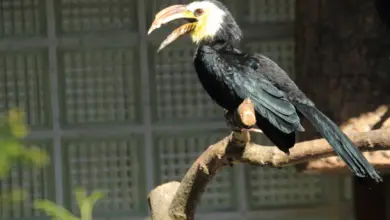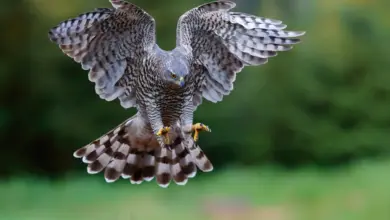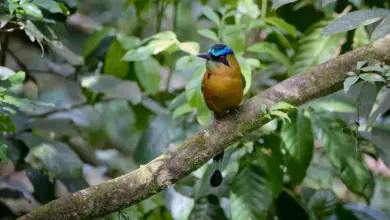Ochre-bellied Flycatchers
The Ochre-bellied Flycatchers, Mionectes oleagineus, is a small bird of the tyrant flycatcher family. This species was previously placed in the genus Pipromorpha.
Distribution / Range:
It breeds from southern Mexico through Central America, and South America east of the Andes as far as southern Brazil, and on Trinidad and Tobago.
This is a common bird in humid forests, usually in undergrowth near water.
Breeding / Nesting:
His display includes jumping, flutter-flight and hovering. He takes no part in rearing the young.
It makes a moss-covered ball nest with a side entrance, which is suspended from a root or branch, often over water.
The female incubates the typical clutch of two or three white eggs for 18-20 days, with about the same period for the young, initially covered with grey down, to fledge.
Description:
Adult Ochre-bellied Flycatchers are 12.7cm long and weigh 11g. They have olive-green upperparts, and the head and upper breast are also green. The rest of the underparts are ochre-colored, there are two buff wing bars, and the feathers of the closed wing are edged with buff.
The male is slightly larger than the female, but otherwise similar.
There are a number of subspecies, which differ in the distinctness of the wing bars or the shade of the upperparts.
Diet / Feeding:
Ochre-bellied Flycatchers is an inconspicuous bird which, unusually for a tyrant flycatcher, feeds mainly on seeds and berries, and some insects and spiders.
Calls / Vocalization:
The calls of the male include a high-pitched chip, and a loud choo.



